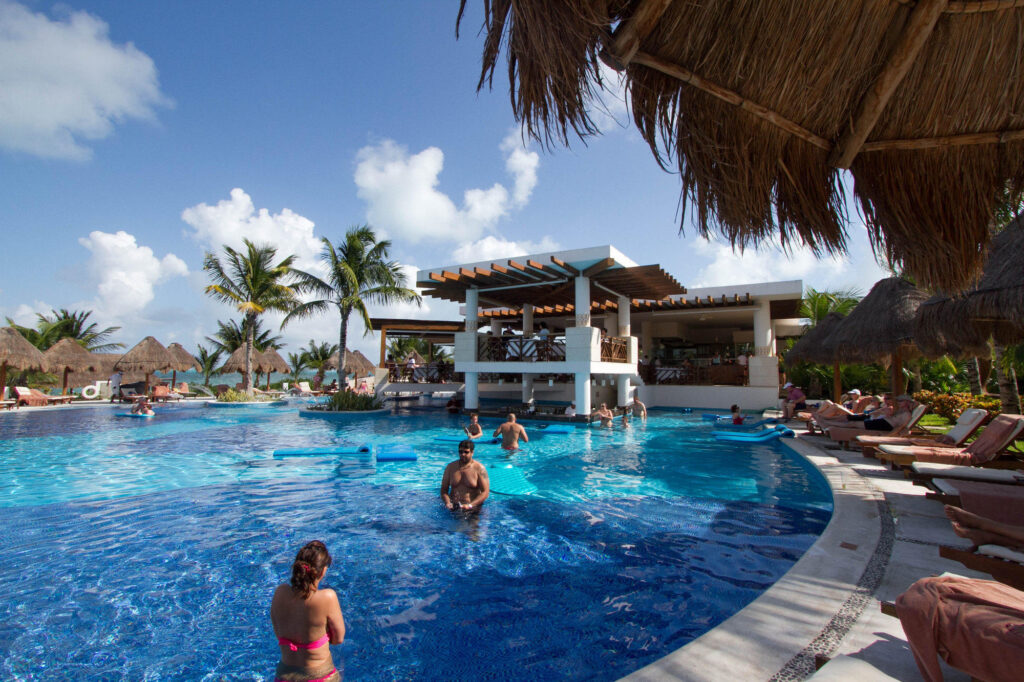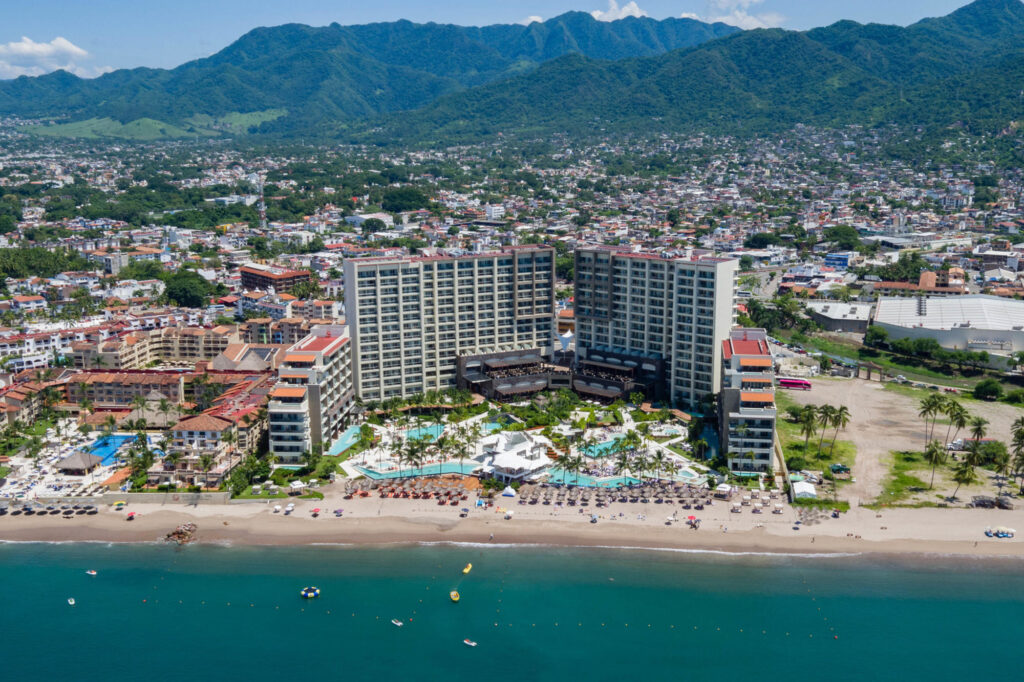Given the limited number of vacation days many receive in the U.S., it's not surprising that Americans tend to turn to Mexico -- a destination that offers up endless sunshine and relaxation a short distance away -- when planning a trip. But which Mexican coast should you spend those precious vacation days on? While both coasts serve up a beautiful day at the beach, stunning views, and exciting cultural activities, there are slight differences between the two that you may want to consider before booking. To help, we've put the two coasts head to head and evaluated their activity offerings, food, safety, weather conditions, beaches, nightlife, ease of getting there, and more. So, who will win your love? Find out below.
Popular Destinations
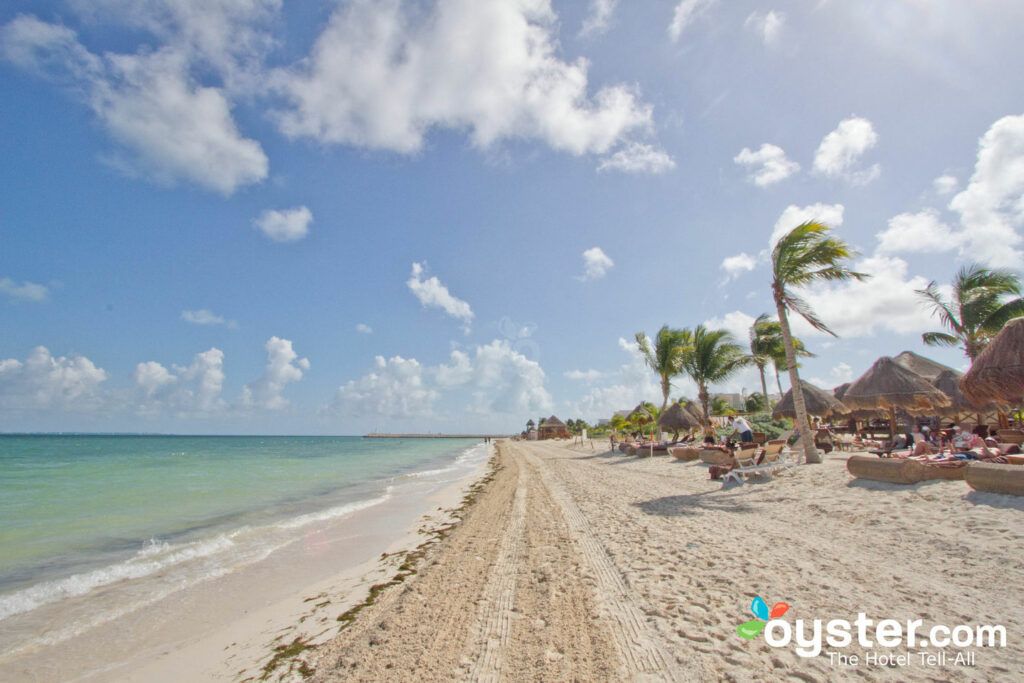
East Coast: The eastern coast of Mexico is brimming with hot spots, including staples and newly minted favorites — mostly found in the Yucatan Peninsula and along the Quintana Roo coast of the Mayan Riviera. Cancun was built for the purpose of tourism and remains a go-to spot for tourists, though veteran travelers — and those looking to avoid paying U.S. prices and being surrounded by a 24-hour party scene — have started looking beyond the city. Instead, they’re looking at destinations like the extremely walkable beach town of Playa del Carmen, the nature- and wildlife-filled Holbox Island, the historically beautiful Merida, and the unplugged and eco-friendly offerings of Tulum. Outside of this region, but still on Mexico’s east coast, Veracruz remains a popular tourist destination for its annual Carnival festival, stretch of beaches, and a dormant volcano.
West Coast: The go-to hot spots on Mexico’s west coast have seen their ups and downs over the last decade or so, thanks to the rise in safety concerns — though Baja spots like Tijuana, the west coast party equivalent of Cancun, and Ensenada have started to see an increase in tourism over the last two years. According to TripAdvisor’s 2017 Best of Mexico top 10 list, travelers are still big fans of the beaches of Cabo, the artful and picturesque Puerto Vallarta, culturally historic vibes and food of Oaxaca, and the easy-going paradise of Zihuatanejo. Newbies to the scene are the low-key surf and art spot of Baja’s Todos Santos and the sleepy beach town (also a great surf spot) of Sayulita in the Riviera Nayarit.
Getting There
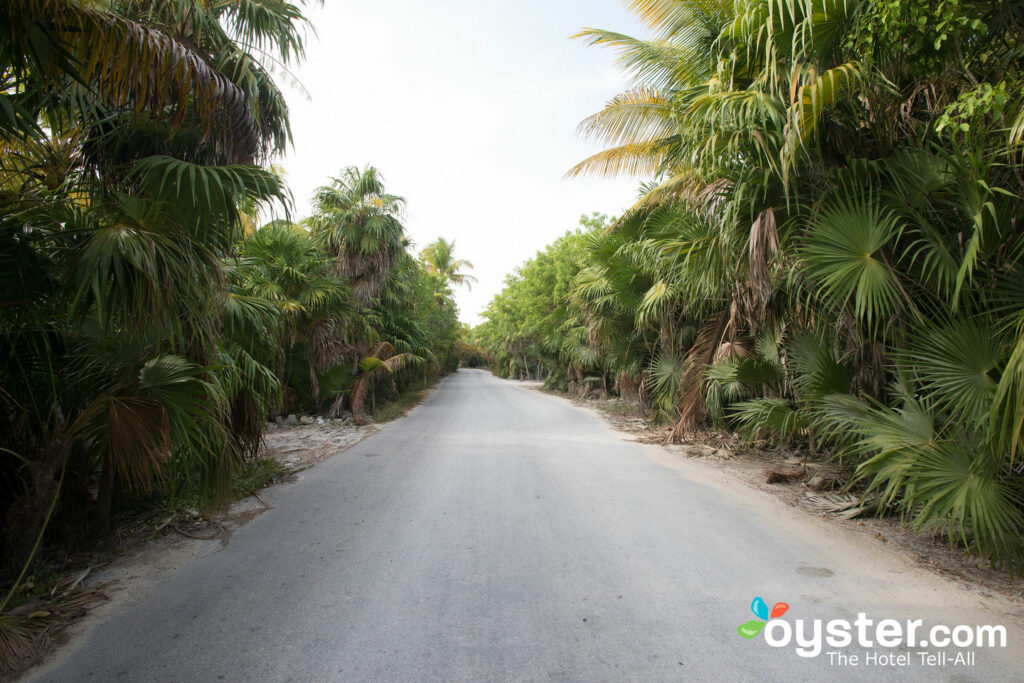
They say that getting there is half the battle, so depending on where you’re coming from, getting to either coast can either be easy or not worth the hassle. Luckily, both coasts have several ways to reach them — be it plane, boat, or automobile.
East Coast: With five international airports serving Mexico’s east coast, there are slightly more options available than those heading out west. The most popular airport here is in the tourist- and party-heavy Cancun, giving you access to popular spots like Playa del Carmen and Tulum. Average direct flights to Cancun range from two to five hours if you’re flying from the east coast and six hours from most cities on the U.S. west coast. Other east side airports are in Merida, Tampico, Tabasco, and Veracruz. While there’s really no great access via car, you can opt to book a cruise where popular stops include Costa Maya, Cozumel, and Progreso.
West Coast: Unlike Mexico’s east coast, it’s as easy as hopping in your car to reach Mexico from the west coast. In fact, the 30-minute trip to Tijuana is almost a rite of passage for people in San Diego. Those of us who don’t live so close can book flights into Tijuana, Los Cabos/San Jose del Cabo, Puerto Vallarta, and La Paz. Cabo and Puerto Vallarta seem to have the most options for direct flights from several U.S. cities. Be prepared for flight times between two to four hours from west coast cities and around six hours from major cities on the east coast. If you feel like setting sail, hop on a cruise and hit ports at Acapulco, Cabo San Lucas, Huatulco, La Paz, Ensenada (Baja), Manzanillo, Puerto Vallarta, Mazatlan, or Puerto Penasco (three-day jaunts to Baja are a fairly common and easy way to squeeze in a quick Mexican getaway).
Beaches
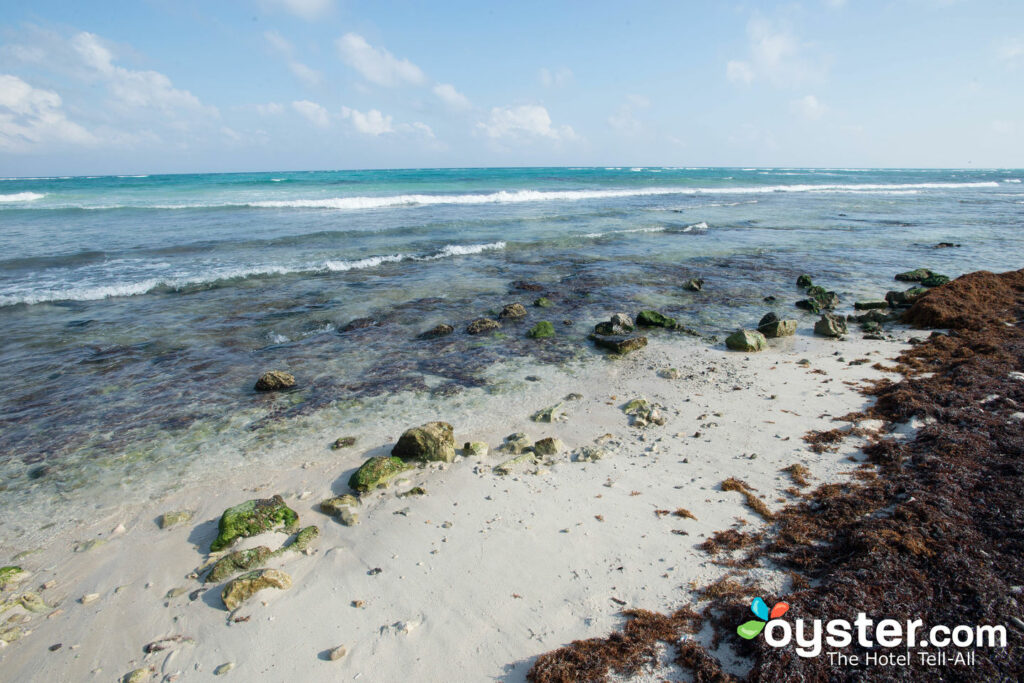
East Coast: Mexico’s east coast, particularly the Caribbean Sea’s turquoise waters in spots like Tulum, are the stuff beach vacation dreams are made of. The east coast also has a reputation for soft white sand and warm, calm waters. Unfortunately, some areas, like the beaches around Cancun, also have a growing reputation for their seaweed-heavy shores. Over the last few years, resorts have found that seaweed is washing up faster than they can clear it away. On the plus side, the nutrient-rich waters bring in underwater wildlife, and you can easily snorkel with turtles in Akumal and have better luck spotting dolphins.
West Coast: Mexico’s west coast is home to rougher, golden sand on the beaches and not-as-brilliant-blue waters as its counterpart, but you can still count on warm waters and a gorgeous, rugged landscape. Plus, the sparkling Sea of Cortez, with its clear waters and rich marine life, holds its own as a magnificent place to snorkel, kayak, or dive. In fact, its biologically rich waters prompted Jacques Cousteau to deem it “the world’s aquarium.” However, while there are plenty of spots to swim, beware that you’ll most likely encounter some waves and possibly strong currents, so you should only swim in designates areas. And it goes without saying that the sunsets are just naturally better on the west coast.
Hurricane Watch
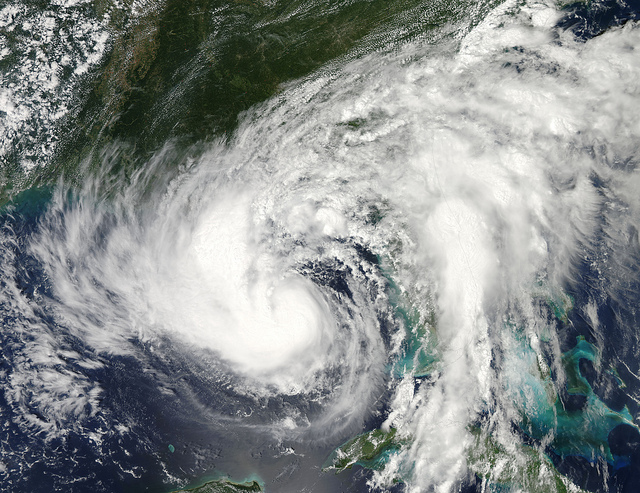
While it’s hard to find predictable weather anywhere these days, you can usually count on running into a few storms during hurricane season in Mexico. While usually safe, it’s always a risk to travel during hurricane season. Having to hedge bets with possibly bad vacation weather can be a big turn off to travelers, though those willing to brave the storm can usually find better deals on flights, hotels, and packages.
East Coast: It’s no secret that things can get windy along the eastern coast of Mexico. Officially running from June through November, with August through October typically being the stormiest months, hurricane season in the Gulf of Mexico is no joke, bringing throngs of heavy rain, high winds, and cloudy days. Heavy rain and overcast skies may be common, especially in the Yucatan and Riviera Maya, but it’s good to note that 2016’s Hurricane Hermine was the first to form or enter the Gulf of Mexico since 2013’s Hurricane Ingrid — a 130-year record.
West Coast: Mexico’s west coast may not see many hurricanes, but they do occasionally occur. In fact, the eastern North Pacific region is one of the most active storm basins in the world, though you are much more likely to run into a tropical storm here than a full-blown hurricane since it’s hard for the storms to gain strength on this coast. But for planning purposes, hurricane season on the west coast runs from May 15 to November 30.
Safety
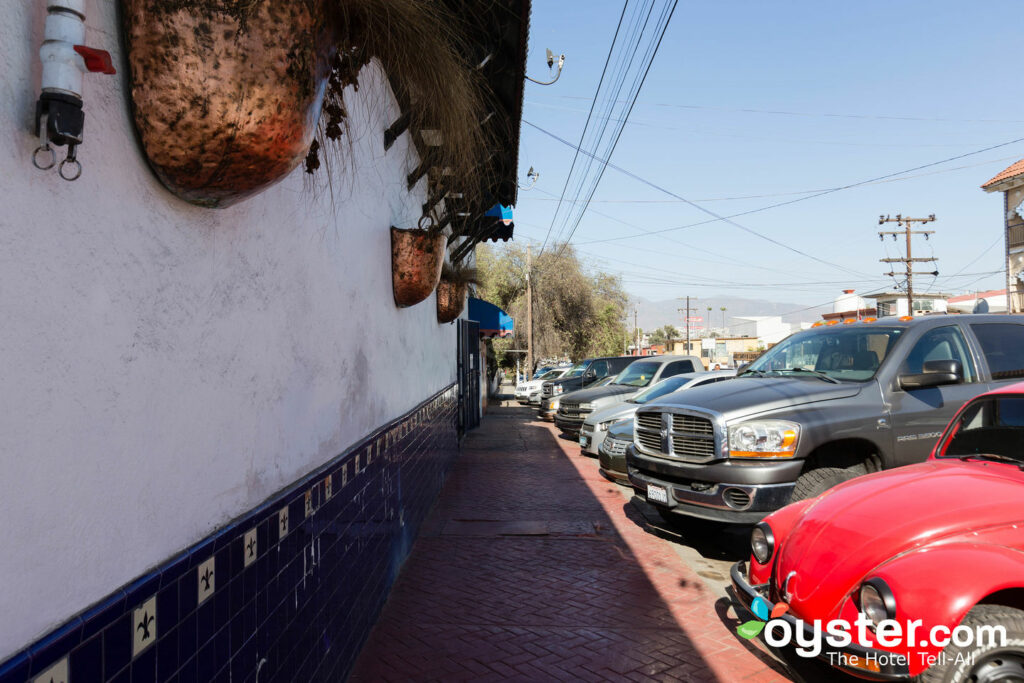
East Coast: A possible drug cartel-related shooting killed five people at a nightclub in Playa del Carmen on January 16, 2017, and just a day later, four people died after a shooting at an office in Cancun. In the past, the east coast of Mexico has been remarkably free of any major violence in tourist areas, leaving vacationers to primarily worry about pickpockets in crowded spots. Of course it’s important to check for up-to-date travel advisories before booking, but it currently remains travel-warning-free in nearly all of the popular tourist hot spots, giving it a big one up on the west coast.
West Coast: There has been quite a lot of buzz over the last few years regarding how safe Mexico is for tourists. U.S. State Department warnings of violence, kidnappings, and shootings over hostile drug wars have touched more than half of the country. For the most part, warnings have remained particularly focused on areas surrounding the U.S.-Mexican border towns along the west’s Baja California coast. Truth be told, there are many areas along the west coast with warnings, so be sure to do your research and assess the situation before heading down.
Food

Let’s face it, food is a huge part of why many people travel. We are strong believers in learning about a culture through its cuisine, though not all dishes and flavors may appeal to the same crowd. While corn, beans, tortillas, and fish (especially whole fried snapper) are easy to find on both coasts, both sides have a definitive flavor profile ready to make your mouth water.
East Coast: Head down the tourist coastline along the Gulf and you’ll discover a variety of dishes inspired by ancient recipes and that have Spanish and Caribbean influences. You’ll find fresh red snapper covered in capers, tomatoes, onion, garlic and several herbs and spices in the signature Veracruz-style dishes; tons of bright and acidity ceviche; and the crowd-pleasing pork pibil, a type of pulled suckling pig that’s marinated in citrus, seasoned with annatto seed, and then wrapped in a banana leaf before being buried in an underground fire pit. This is also the coast where you’ll find sweets like banana bread and hot chocolate so good it was considered to be a drink of the gods.
West Coast: Starting at the Baja Peninsula, you’ll find seafood-heavy dishes made with fresh sauces. The further down the coast you go, the more traditional the menu specialities become. If you are looking for mole, the west coast is where it’s at. Oaxaca, most known for its adapted mozzarella-style Oaxaca cheese, is also well-regarded as a mole capital, serving up seven different versions of the savory, sweet, and sometimes slightly spicy sauce. You’ll also find heavier, more meat-based dishes like stews or sausage and rice, plates focused more around chili powders than citrus, and a variety of unique alcoholic drinks made from fermented corn.
Activities
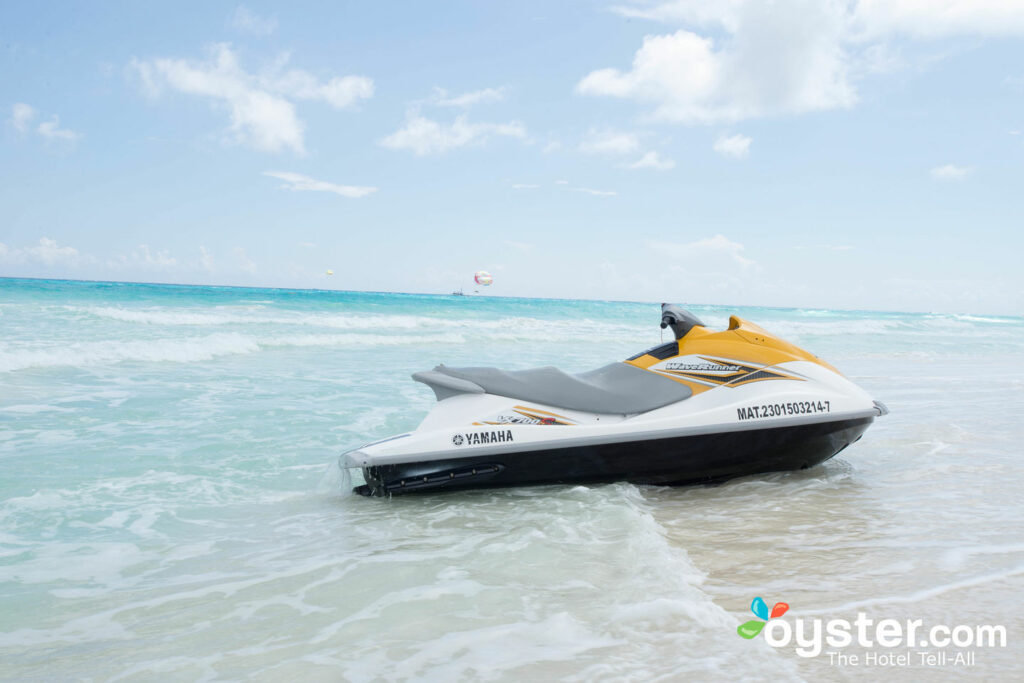
East Coast: While both coasts offer beautiful beach days, warm water, and water sports, the east coast is where you’ll want to go to explore ancient ruins. The beachside ruins of Tulum or the climbable structure at Coba are great alternatives or additions to the mother of all ruins, Chichen Itza. This is also the best coast for exploring the sparkling underwater caves, or cenotes. Wildlife lovers are more likely to luck out with above-ground species on the east coast, spotting flamingos on Holbox Island or hiking through the Sian Ka’an biosphere. Swimming with turtles in Akumal and spending a day at the Xel-Ha water park are offer great water wildlife experiences.
West Coast: Mexico’s west coast is often visited by those looking for a more cultural experience. From art galleries to old traditions and architecture, the west coast provides a strong insight to Mexico’s past and present. Thanks to its Pacific waves, it’s also the best coast for surfers. And the marine life on this coast can’t be beat, so strap on a snorkel and prepare to be amazed.
Nightlife

East Coast: Cancun brings to mind party-seeking spring breakers, margaritas in hand. And while that’s only one side of the city, it’s a major draw for travelers here. And if all you need is a beautiful beach and a self-contained mega-resort close to the party area, you’ll probably have a great time in the Hotel Zone. Playa del Carmen is another great place for shopping, dining, and going out at night. And those who prefer a quieter vacation might want to head to Puerto Morelos, or south to Tulum.
West Coast: Los Cabos is party central, packed with tequila, conga lines, dancing, and swim-up bars galore. Travelers seeking an experience centered on a bustling nightlife and restaurant scene will probably appreciate the vibrancy of Cabo San Lucas, which is never short of a party that lasts into the wee hours of the morning. It’s home to the party-hearty all-inclusive resorts that Cabo is known for. Puerto Vallarta also stays awake when the sun dips below the horizon. Steamy salsa clubs light up the streets, and rowdy local bars supply a steady stream of cervesa for the thirsty traveler. Downtown Puerto Vallarta is the most happening and diverse area, and has a few gay clubs.
Where to Stay
East Coast: Excellence Playa Mujeres
This 450-room luxury all-inclusive is set in the heart of a private resort community to the north of Cancun. Modern, luxurious rooms are huge and have big whirlpool tubs; all have balconies and some have ocean views. Certain categories have swim-up access or private plunge pools. All the features expected for this caliber of resort are here, including seven pools, nine restaurants, 11 bars, and a high-end spa.
West Coast: Secrets Vallarta Bay
Secrets Vallarta Bay is a luxurious, adult-only, all-inclusive resort right on the beach in tourist-friendly Puerto Vallarta. With 271 suites, it’s not the biggest resort around — the smaller size means less of a wait and better service. This property does a lot of things right: luxe rooms with butler service, unlimited premium alcohol, and gorgeous pools.
What to Bring: Sunscreen
Don’t let the Mexican sun ruin your vacation days. Bring along your favorite sunscreen and keep your skin safe.
You’ll Also Like:
- Face Off: Cancun vs. Punta Cana
- Cancun vs. Cabo: Which is the Best Spot For You?
- 5 Unexpected Day Trips from Cancun
- The Best Day Trips From Tulum
All products are independently selected by our writers and editors. If you buy something through our links, Oyster may earn an affiliate commission.
